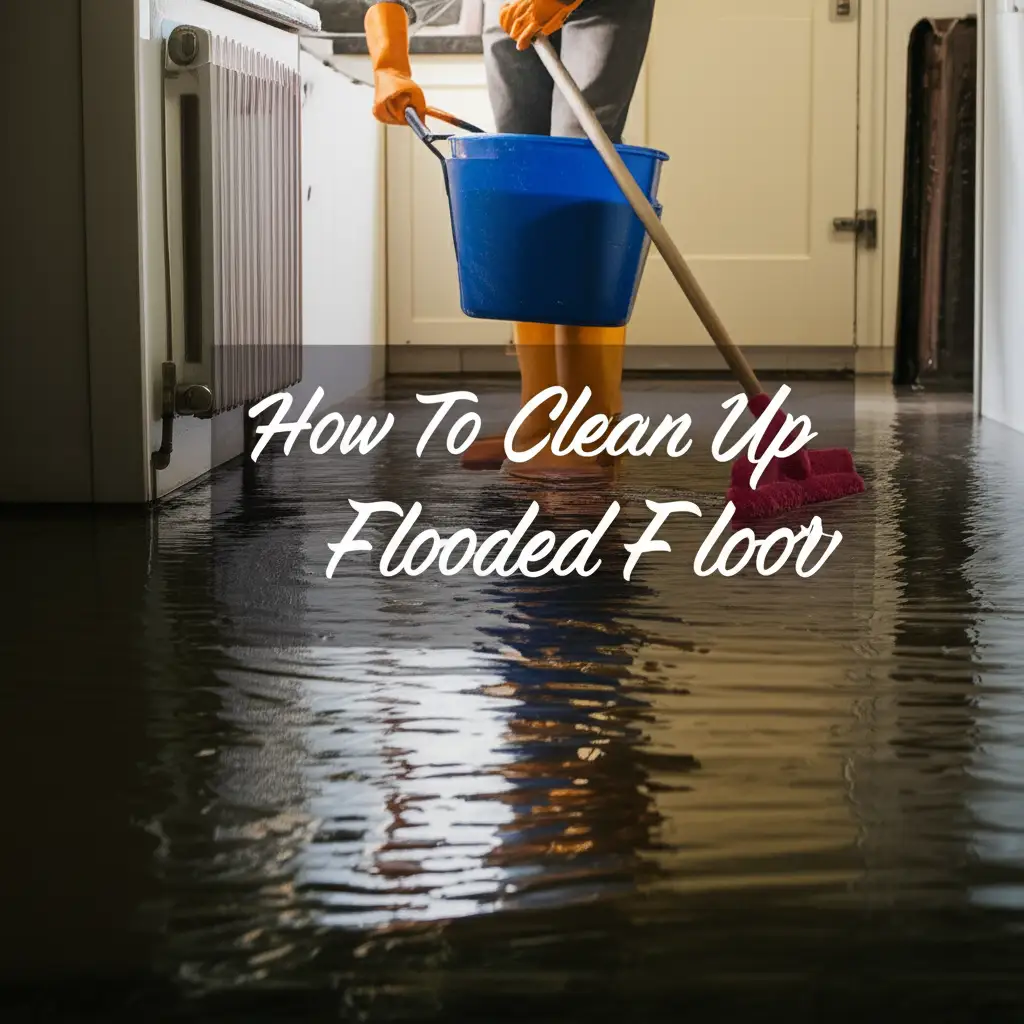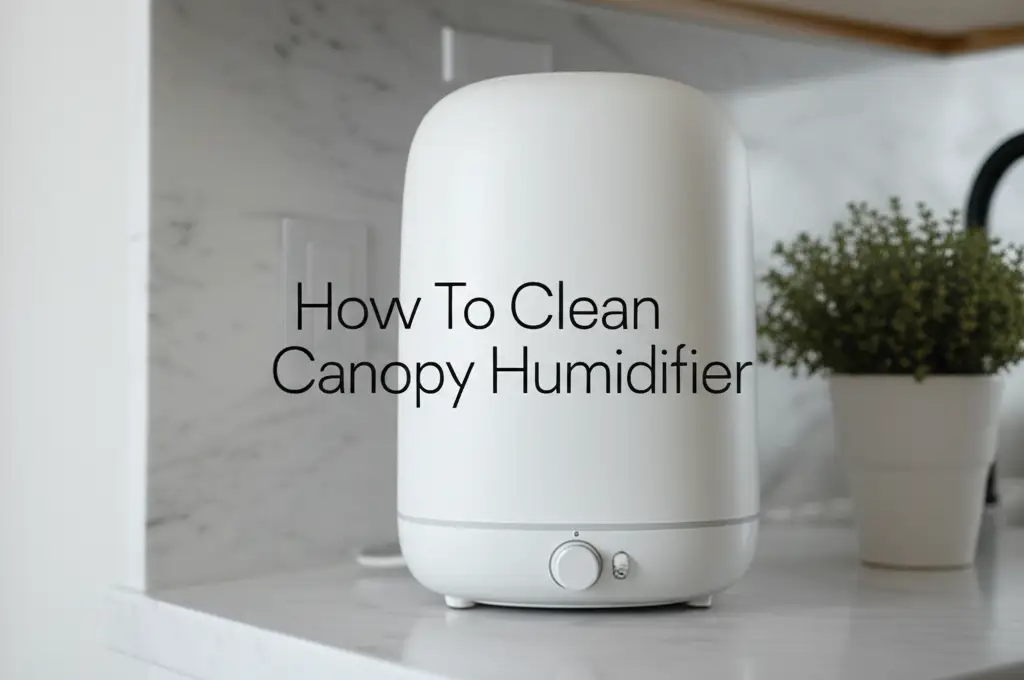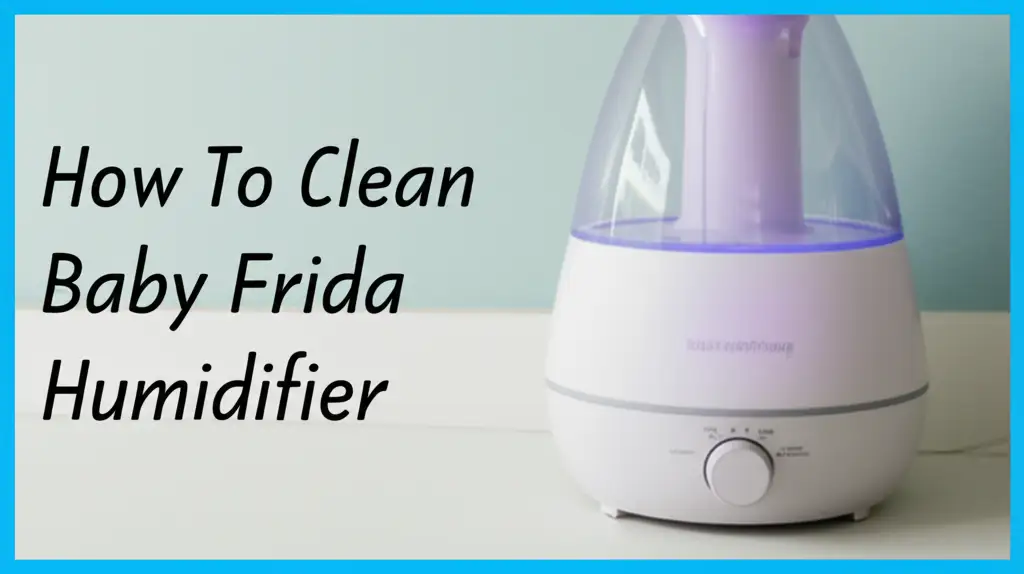· Home Cleaning · 11 min read
How To Clean Up Flooded Floor

How To Clean Up Flooded Floor
A flooded floor creates instant stress. Water damage can ruin your home. It can also cause health risks. Acting fast protects your property. It also keeps your family safe. Learning how to clean up flooded floor areas is crucial. This guide provides clear steps. We discuss removing water and drying materials. We also cover sanitizing affected surfaces. You will learn about preventing mold. We also share tips for different floor types. This information helps you recover from flood damage. You can restore your home effectively.
Takeaway
- Stop the water source quickly.
- Prioritize safety by turning off power.
- Remove standing water fast.
- Dry the area thoroughly with air movers and dehumidifiers.
- Clean and sanitize all affected surfaces to prevent mold.
- Assess different floor types for specific cleanup needs.
- Call professionals for extensive damage or black water.
A flooded floor requires fast action to prevent further damage. You must remove water, dry the area completely, and sanitize all affected surfaces. This process helps stop mold growth and protects your home’s structure. Take safety steps first, then work quickly to clean and restore the space.
Immediate Steps to Address Flooded Floor Damage
A flooded floor demands quick attention. Your first concern is safety. Water and electricity do not mix. Turn off the main power supply to the affected area immediately. This prevents electric shock. I always check for safety first. Next, identify the water source. Stop the water flow if possible. A broken pipe or an overflowing appliance needs immediate repair.
After securing the area, assess the type of water. Clean water comes from a burst pipe or rainwater. Grey water comes from washing machines or dishwashers. Black water comes from sewage or natural floodwaters. Black water contains harmful contaminants. It poses serious health risks. Dealing with black water often needs professional help. If you have clean or grey water, you can start cleanup. Remove all furniture, rugs, and personal items from the flooded area. Move them to a dry, safe space. Lift items off the wet floor quickly. This stops more damage and makes cleanup easier.
Effective Water Extraction Methods
Removing standing water is the next critical step. Every minute counts when your floor is flooded. The faster you remove water, the less damage occurs. For small amounts of water, use mops, buckets, and old towels. I find a good wet/dry vacuum works well for larger puddles. These vacuums are designed to pick up water safely.
For significant flooding, you may need a submersible pump. Pumps remove large volumes of water quickly. Direct the water outside or into a drain. After removing most standing water, focus on remaining moisture. You can rent professional-grade water extractors. These machines pull water from carpets and subfloors. They are highly effective. For concrete basement floors after a flood, specific methods apply. Cleaning a concrete basement floor after a flood involves unique steps. Use squeegees to push water towards drains. Work systematically from one end of the room to the other. Ensure you collect all the extracted water.
Thorough Drying and Dehumidification
After extracting standing water, the drying process begins. This step is vital to prevent mold growth. Mold starts to grow within 24 to 48 hours in damp conditions. Open windows and doors if outdoor humidity is low. This creates airflow. It helps ventilate the space. Set up high-powered fans or air movers. Position them to blow air across the wet surfaces. This speeds up evaporation.
Dehumidifiers are essential tools for drying. They pull moisture from the air. This reduces the overall humidity level in the room. Place dehumidifiers in the center of the flooded area. Empty their water reservoirs regularly. Run them continuously for several days. The drying time depends on the amount of water and the materials affected. Use a moisture meter to check dryness levels. Materials like wood and drywall can hold moisture. Make sure they are completely dry before you declare the area safe. Proper drying ensures the success of your cleanup efforts.
Cleaning and Sanitizing the Affected Floor
Once the floor is dry, thorough cleaning and sanitizing are necessary. Begin by removing any mud, silt, or debris. Use stiff brushes and scrapers for this. Rinse the floor with clean water if possible. Then, apply a cleaning solution. For most floor types, a mixture of warm water and a mild detergent works well. Scrub the entire affected area. Pay attention to cracks and crevices.
Sanitization kills bacteria and mold spores. A diluted bleach solution works for non-porous surfaces like tile or concrete. Mix one cup of bleach with five gallons of water. Always wear protective gear like gloves and a mask. For more natural cleaning, you can use vinegar and baking soda. White vinegar is a natural disinfectant and deodorizer. It can kill many types of mold and bacteria. Apply it to the cleaned surfaces. Let it sit for a while before wiping. If you have tiled floors, remember to clean the grout lines. Dirty grout can trap contaminants. You may need to clean floor grout without scrubbing for a deep clean. This step is crucial for stopping future issues.
Preventing Mold and Mildew Growth
Preventing mold and mildew growth is a top priority after a flood. These fungi thrive in damp, dark environments. They can cause health problems. They also damage your home’s structure. The most effective way to prevent mold is immediate and thorough drying. As I mentioned, mold starts growing within 24 to 48 hours. Remove moisture fast.
After cleaning, apply an antimicrobial solution. Many commercial products are available. These solutions inhibit mold and mildew growth. Make sure the product is safe for your specific flooring type. Increase air circulation in the affected area. Keep fans running for several days. Maintain low humidity levels with dehumidifiers. Check hidden spaces like behind baseboards or under cabinets. Moisture can hide there. Look for any lingering dampness or musty smells. Address these areas promptly. Replacing wet insulation or drywall is often necessary. These materials soak up water and hold moisture. They become perfect breeding grounds for mold. Do not leave any moisture untouched.
Addressing Different Floor Types After a Flood
Different floor types react differently to water. Each needs a specific approach. Understanding these differences helps in effective cleanup.
Hardwood Floors
Hardwood floors are very sensitive to water. They can warp, buckle, or swell. If your hardwood floor gets wet, remove the water immediately. Use fans and dehumidifiers to dry it slowly. Avoid direct heat, as this can cause more damage. Sometimes, removing a few boards helps air circulate underneath. If boards show severe cupping or crowning, professional restoration might be needed. Mold can grow under the planks. In some cases, planks must be replaced.
Carpet and Padding
Carpets and their padding soak up water like sponges. For clean water, you might be able to save the carpet. You must remove it immediately. The padding should be discarded. It is almost impossible to dry padding thoroughly. Clean and sanitize the carpet backing. Then, dry the carpet quickly and completely. For grey or black water, dispose of the carpet and padding. The risk of contamination is too high. Always clean and sanitize the subfloor beneath the carpet.
Tile and Concrete Floors
Tile and concrete floors are less porous. They handle water better than wood or carpet. However, water can seep into grout lines. It can also get under the tiles. Remove all standing water. Clean and sanitize the surface thoroughly. Pay close attention to grout lines. They can trap moisture and mold spores. Use a stiff brush or a specialized grout cleaner. Ensure the subfloor or concrete slab is completely dry. If water gets under the tiles, it can damage the adhesive. This can cause tiles to loosen.
Laminate and Vinyl Floors
Laminate and vinyl floors have specific challenges. Laminate flooring often swells and delaminates when wet. The core material absorbs water. It expands and warps. This damage is usually irreversible. You will likely need to replace the affected sections. Vinyl flooring is more water-resistant. However, water can get underneath vinyl sheets or planks. This can lead to mold growth on the subfloor. Remove the vinyl if water is trapped underneath. Clean and dry the subfloor before reinstalling or replacing. Always check for hidden moisture under these surfaces.
When to Call Professional Flood Restoration Services
While DIY efforts help with minor floods, some situations demand professional help. Knowing when to call experts saves you time, money, and potential health risks.
Large-Scale Flooding: If your entire home or a significant portion is flooded, call professionals. They have industrial-grade equipment. This includes powerful pumps and high-capacity dehumidifiers. They can handle large volumes of water quickly.
Contaminated Water: Black water poses serious health hazards. It contains sewage, chemicals, and harmful bacteria. Do not attempt to clean black water yourself. Professionals have the right protective gear and sanitizing agents. They follow strict safety protocols.
Structural Damage: Floodwater can compromise your home’s structure. It weakens foundations, walls, and supports. If you see cracks, sagging ceilings, or warped walls, call an expert. Professionals assess structural integrity. They prevent further collapse or damage.
Hidden Moisture and Mold: Water can seep into unseen areas. This includes behind walls and under floors. Professionals use thermal imaging and moisture meters. They find hidden moisture. They also identify and remediate mold growth safely. Extensive mold growth needs expert removal. It requires specialized equipment. DIY mold removal can spread spores. This makes the problem worse.
Insurance Claims: Many flood restoration companies assist with insurance claims. They document the damage. They provide detailed reports. This simplifies your claim process. They help ensure you receive proper compensation for losses. Trusting experts gives you peace of mind. They restore your home thoroughly and safely.
FAQ Section
Q1: How long does it take to dry a flooded floor? Drying a flooded floor typically takes 3 to 5 days. This timeframe depends on the amount of water and the materials involved. High humidity levels or very absorbent materials can extend drying time. Consistent use of fans and dehumidifiers speeds up the process. A moisture meter helps confirm complete dryness.
Q2: Can I save my hardwood floor after a flood? You might save your hardwood floor if you act quickly. Remove water fast and dry it slowly with fans and dehumidifiers. Avoid direct heat. Severe warping, buckling, or widespread mold often mean replacement is necessary. Professionals can assess the extent of the damage.
Q3: What chemicals do I use to clean a flooded floor? For cleaning, use a mild detergent mixed with water. For sanitizing non-porous surfaces like tile or concrete, a diluted bleach solution works. Mix one cup of bleach with five gallons of water. You can also use white vinegar as a natural disinfectant. Always wear protective gear.
Q4: How do I prevent mold after a flood? To prevent mold, dry the flooded area completely within 24 to 48 hours. Use fans and dehumidifiers to ensure thorough drying. Apply an antimicrobial solution to affected surfaces. Maintain good air circulation and low humidity in the space. Address any lingering dampness promptly.
Q5: When should I dispose of items after water damage? Dispose of porous items like upholstered furniture, mattresses, and carpets if they have been wet for over 48 hours. This is especially true if the water was grey or black. Non-porous items like metal or plastic can often be cleaned and sanitized. When in doubt, discard items to prevent mold and health risks.
Q6: What’s the difference between clean, grey, and black water? Clean water comes from a sanitary source, like a broken pipe. Grey water comes from appliances like washing machines or dishwashers. It may contain contaminants. Black water is highly unsanitary. It comes from sewage or natural floods and contains harmful bacteria.
Conclusion
Dealing with a flooded floor feels overwhelming. However, fast action and a systematic approach make a big difference. I hope this guide helps you understand each necessary step. You must prioritize safety first. Then, remove water quickly and dry the area thoroughly. Cleaning and sanitizing surfaces stops mold growth. Addressing different floor types correctly ensures better recovery. Knowing when to call professionals for extensive damage is also smart. Taking these steps helps you clean up flooded floor areas effectively. You can restore your home and protect your health. Always stay calm and follow these practical tips. You can get your home back to normal.
- flooded floor
- water damage cleanup
- mold prevention
- floor restoration
- emergency cleaning
- drying floors
- home safety




